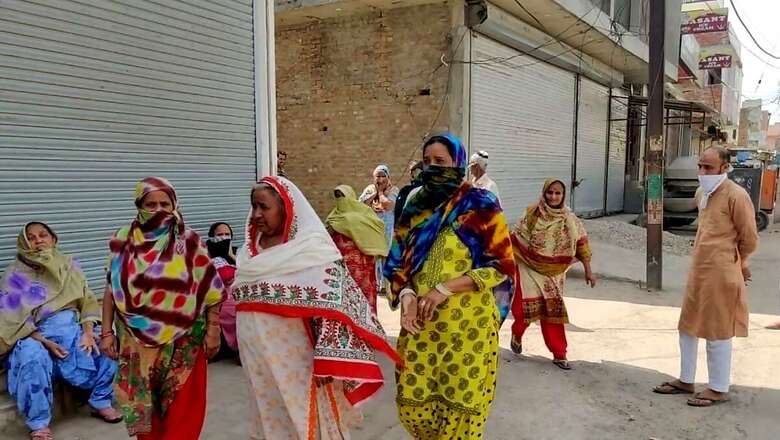
views
Malerkotla, the newly carved district in Punjab has sent shockwaves in Uttar Pradesh with its chief minister Yogi Adityanath calling Captain Amarinder’s decision, ‘divisive’. This is the closest Malerkotla has come to communal politics as even at the peak of communal violence of Partition, Malerkotla defied the prevailing violence.
PEACEFUL PAST
At the time of partition there were exchanges or trading of dead bodies and refugees between East and West Punjab, amid all this tension Malerkotla was peaceful and in years it became the model of inter-communal unity.
There are several reasons for a place to be non-violent especially when the rest of the state is engulfed in embers of hate.
In Malerkotla peace and communal harmony can be attributed to the leadership of the Muslim Nawabs, modes of governance, like Subsidiary Alliance, and the social disapproval for violence, which comes from notions of izzat (honor) in Sikh society, these notions are rooted in honoring the words of Sikh gurus.
LEGEND OF A BLESSING AND A PROTEST
Malerkotla’s spirit of ikatth (communal unity) is well documented in several books. Malerkotla was a Muslim ruled and dominated princely state. Founded in 1454 it is known for pluralism and shared religious space, which is evident from the tomb of its founder Haider Sheikh, the Sufi saint.
One of the most legendary reasons for staying non-violent at the time of partition is related to the protests made by Nawab Sher Mohammad Khan and the blessing of Guru Gobind Singh.
Author and academic Pippa Virdee’s book “From The Ashes of 1947 – Reimagining Punjab” has a chapter titled “Sacred Malerkotla” that narrates the legendary story.
During the Mughal Emperor Aurangzeb’s reign(1658-1707), there were battles fought between the Mughal armies and the Sikhs and one of them was an attack on Chamkaur (1705), just prior to this battle, the two sons of Guru Gobind Singh were captured by Mughal authorities – Fateh Singh, aged six and Zorawar aged nine. The sons were executed and suffocated to death by being bricked in the wall.
The Qazi who was present in the court of Nawab Wazir Khan Sirhind, where this episode was unfolding noted that Islamic law does not look at the two boys as guilty of any crime, and the execution is against the Islamic tenets.
The news of execution reached the Nawab of Malerkotla Sher Mohammad Khan (1672-1712), who after hearing everything wrote a letter in protest, condemning the act as un-Islamic.
Addressing Aurangzeb he stated that the act was in violation of Islamic law as it was not correct to punish children for enmity with their father.
Though the protest by Nawab was of no help in rescuing the life of the young boys, when the story of protest reached Guru Gobind Singh, who after hearing this said, “His roots shall remain forever green.”
This episode acquired mythical proportions. The interviews conducted by the author show that people believed in the 300-year-old blessing and its power in keeping disturbances at bay.
Read all the Latest News, Breaking News and Coronavirus News here. Follow us on Facebook, Twitter and Telegram.


















Comments
0 comment